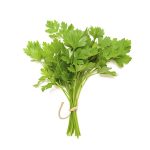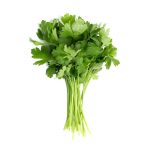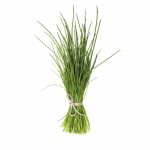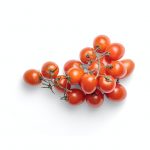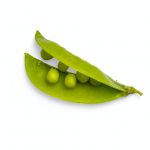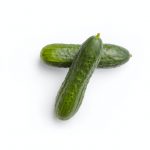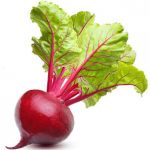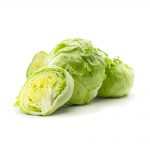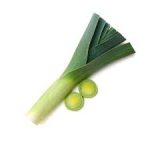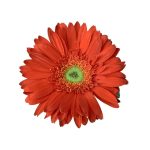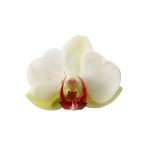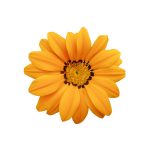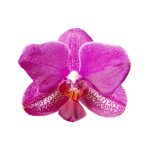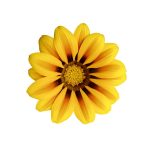EBB AND FLOW
HOW OUR SELF WATERING SYSTEMS WORK
Eco Apartment Gardens systems flood the nutrients, water and oxygen into the grow chambers that support and protect the plant roots while simultaneously draining excess back into the reservoir. This is all automated by the pump connected to a timer. It’s self watering so it’s perfect for beginners and experts alike!
The Core Basics
Reservoir
A watertight container holds the nutrients and water.
Growing Chambers
These hold the plants in optimum place to receive nutrients.
Nutrients
An essential ingredient for plants with all nutritional elements for plant growth.
Pump
This circulates water, nutrients and oxygen throughout the system.
Delivery System
This helps bring water, nutrients and oxygen from the reservoir to the growing chambers.
Timer
This controls how many times your pump feeds your plants throughout the day.
Return Pipe
Nutrient solution is fed at one end and excess is drained through the return pipe; returned to the reservoir.
Lights or Sunlight
Like all plants they need light, the system should be under lights, outside or by a window.

PLANTING PROCESS MADE EASY
Place a few seeds into the supplied sponges and soak them in water, then simply wait for them to sprout; Leafy vegetables will need 3-10 days to sprout, fruit will need longer. Wait for the seedling leaves in the sponge to grow to 3-4 slices, and move to the pipe kits together with the sponge.
Then sit back and watch them grow.
Water Conservation
Eco Apartment Gardens self watering plant sites use up to 90% less water compared to soil.
Agriculture as a whole currently uses 60% of the fresh water consumed worldwide. Meanwhile a water scarcity crisis currently plagues every continent.
With a name like hydroponics, it seems soilless systems would use a lot of water. However, on average, hydroponic systems use 90% less water than soil because they recirculate fluids and cut waste. In the hope that soilless agriculture will help prevent worldwide water wars in the next century.
Soilless Cultivation
In soilless growing, we simply deliver water, oxygen and the perfect amount of nutrients that have been pre-mixed into a water reservoir, along with high levels of oxygen, efficiently to the plant roots.



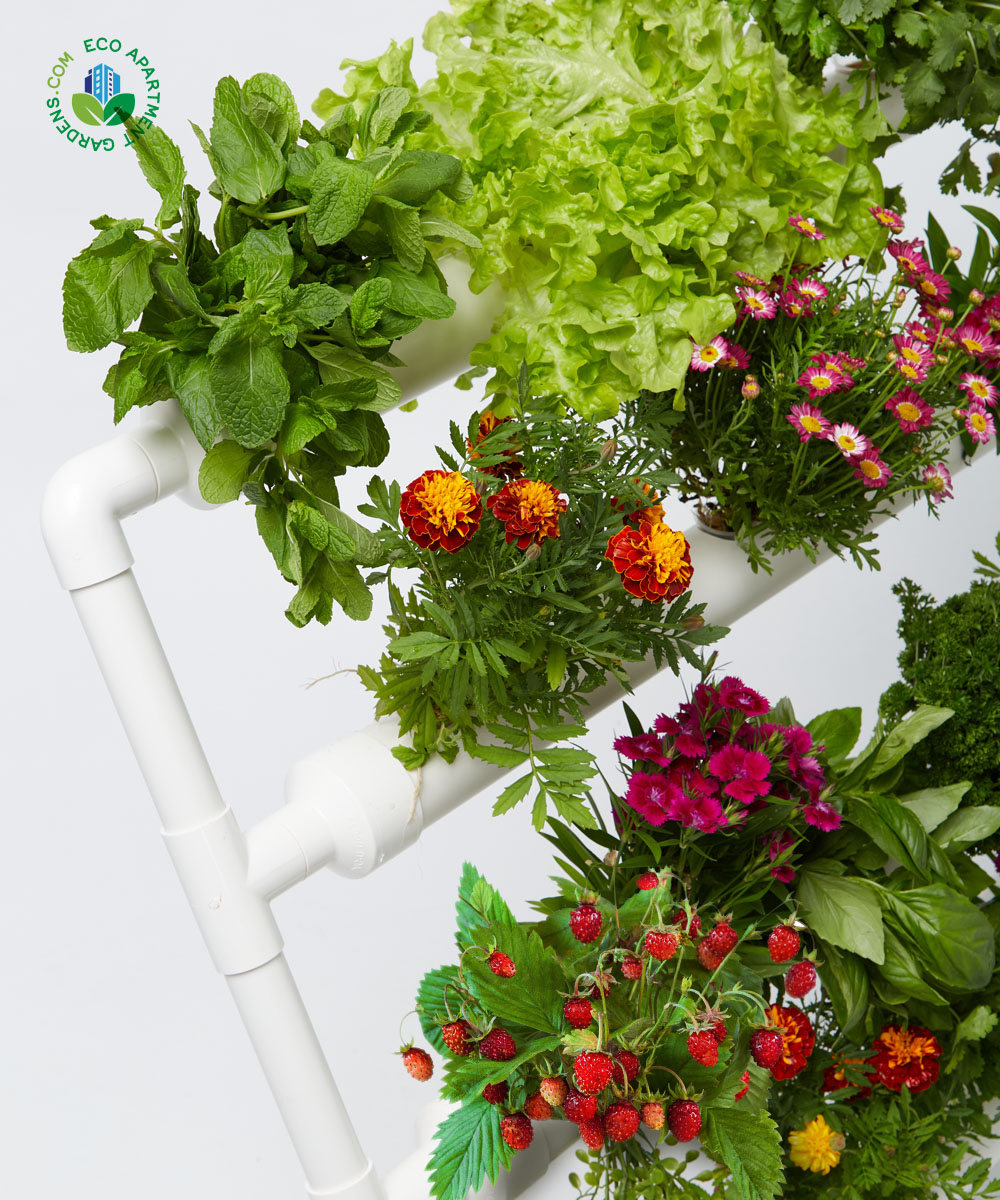
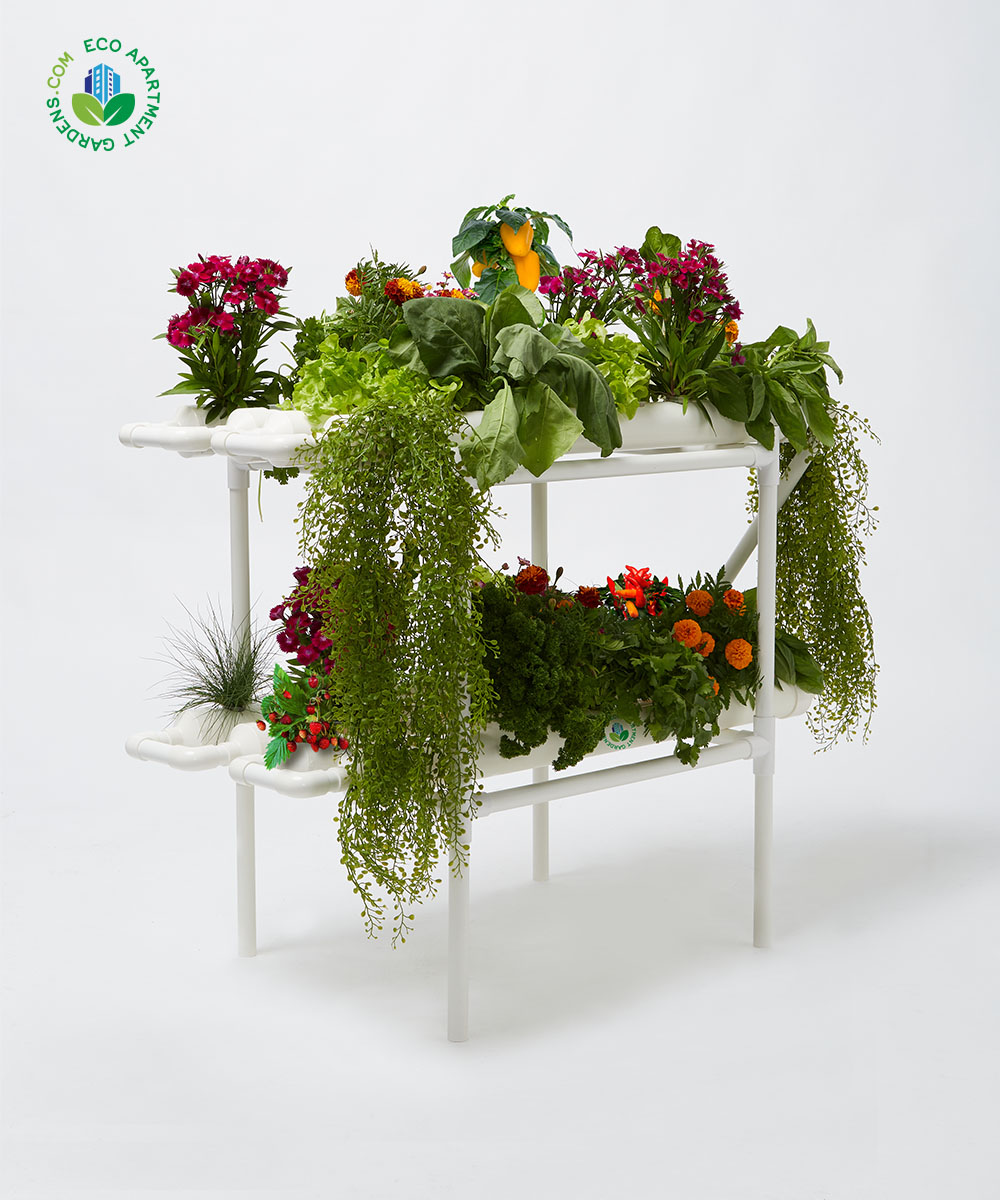
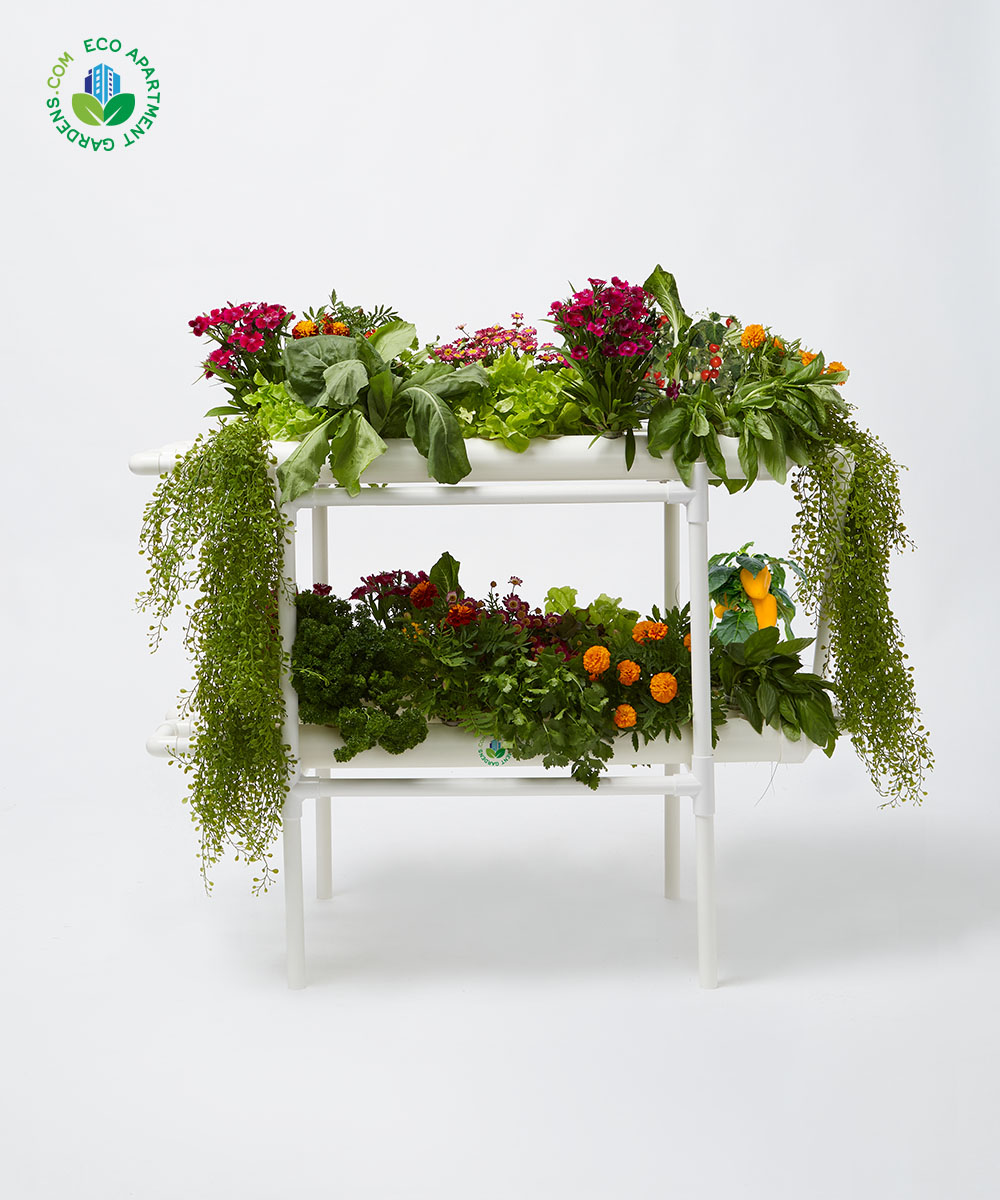
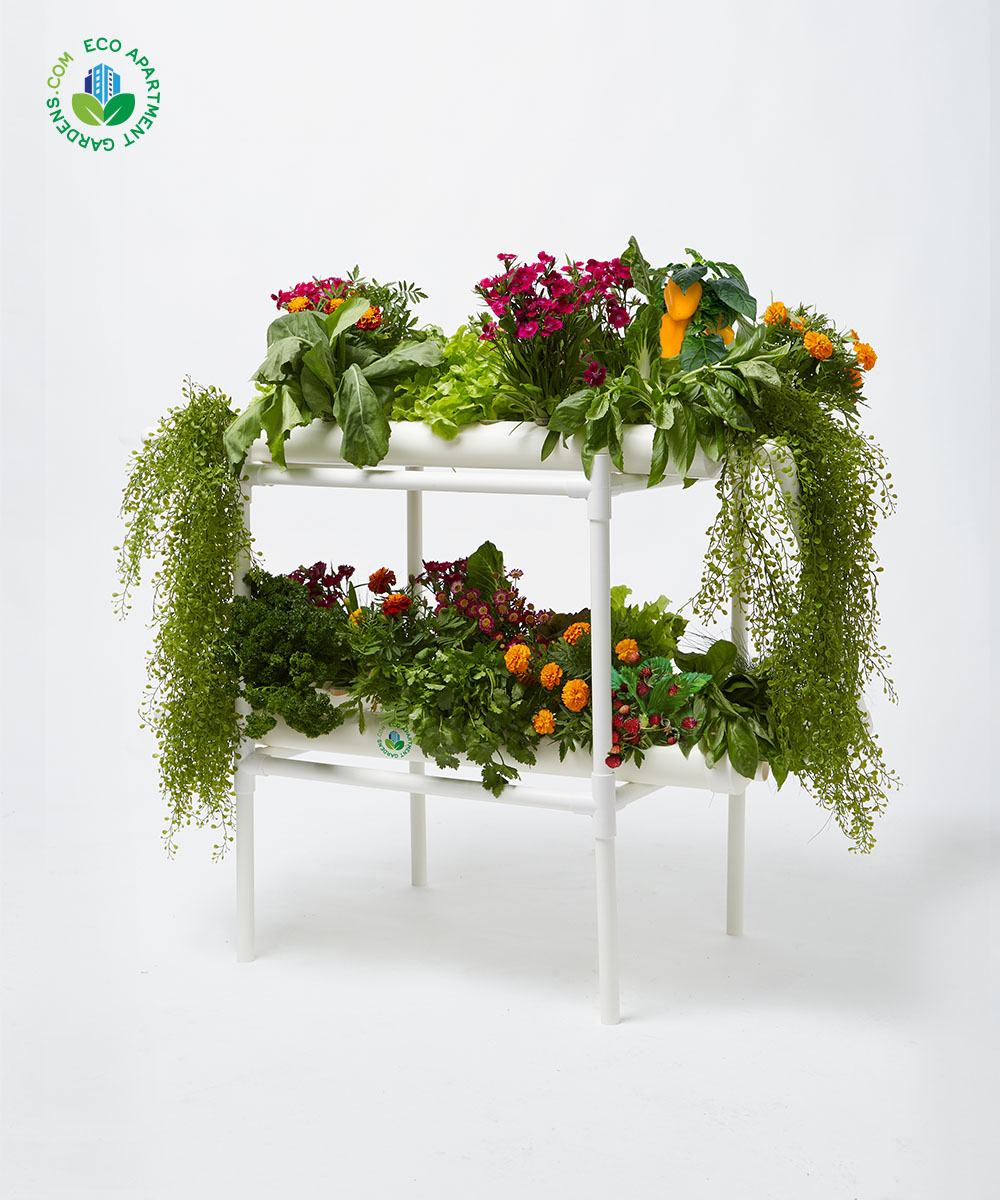
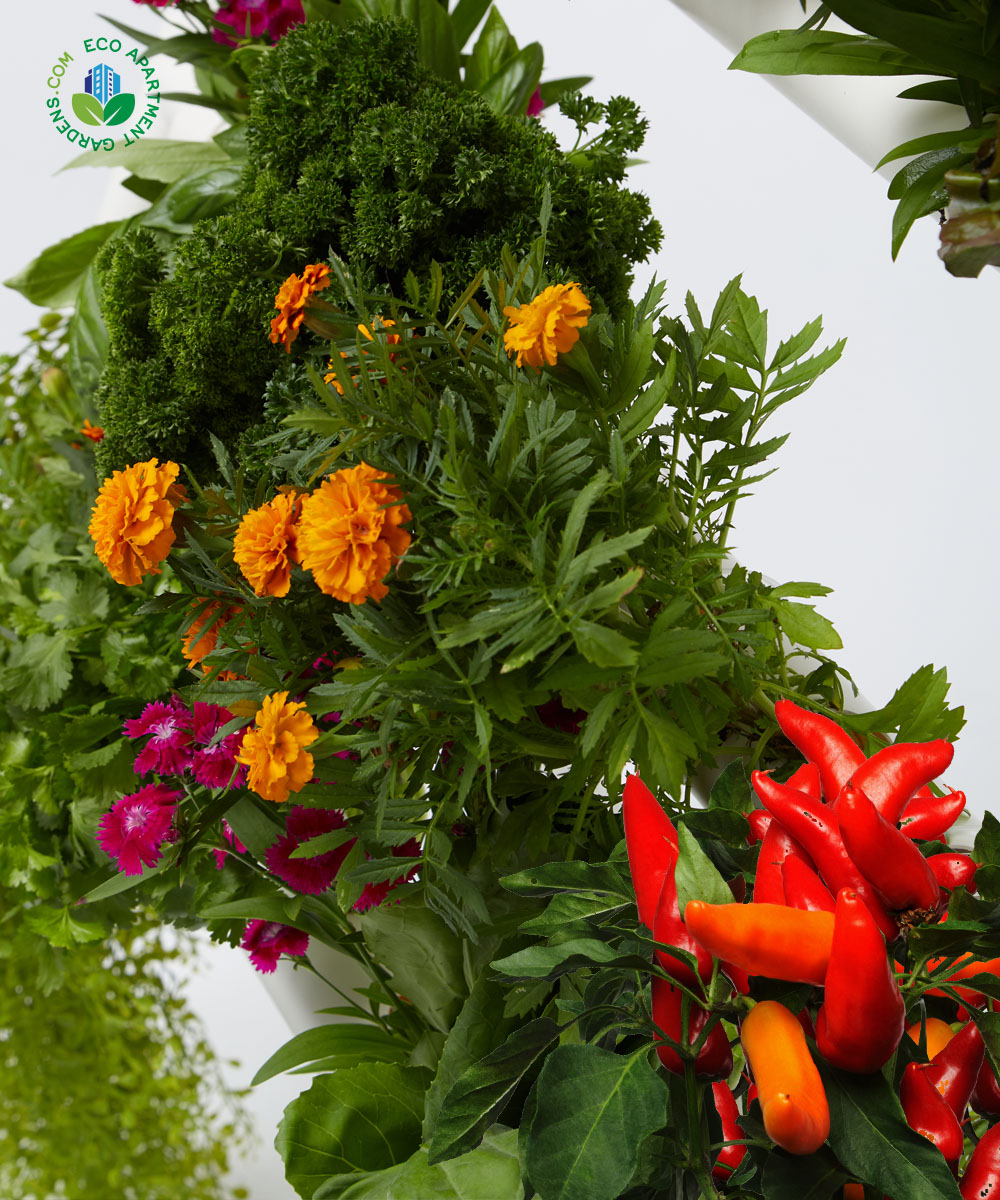
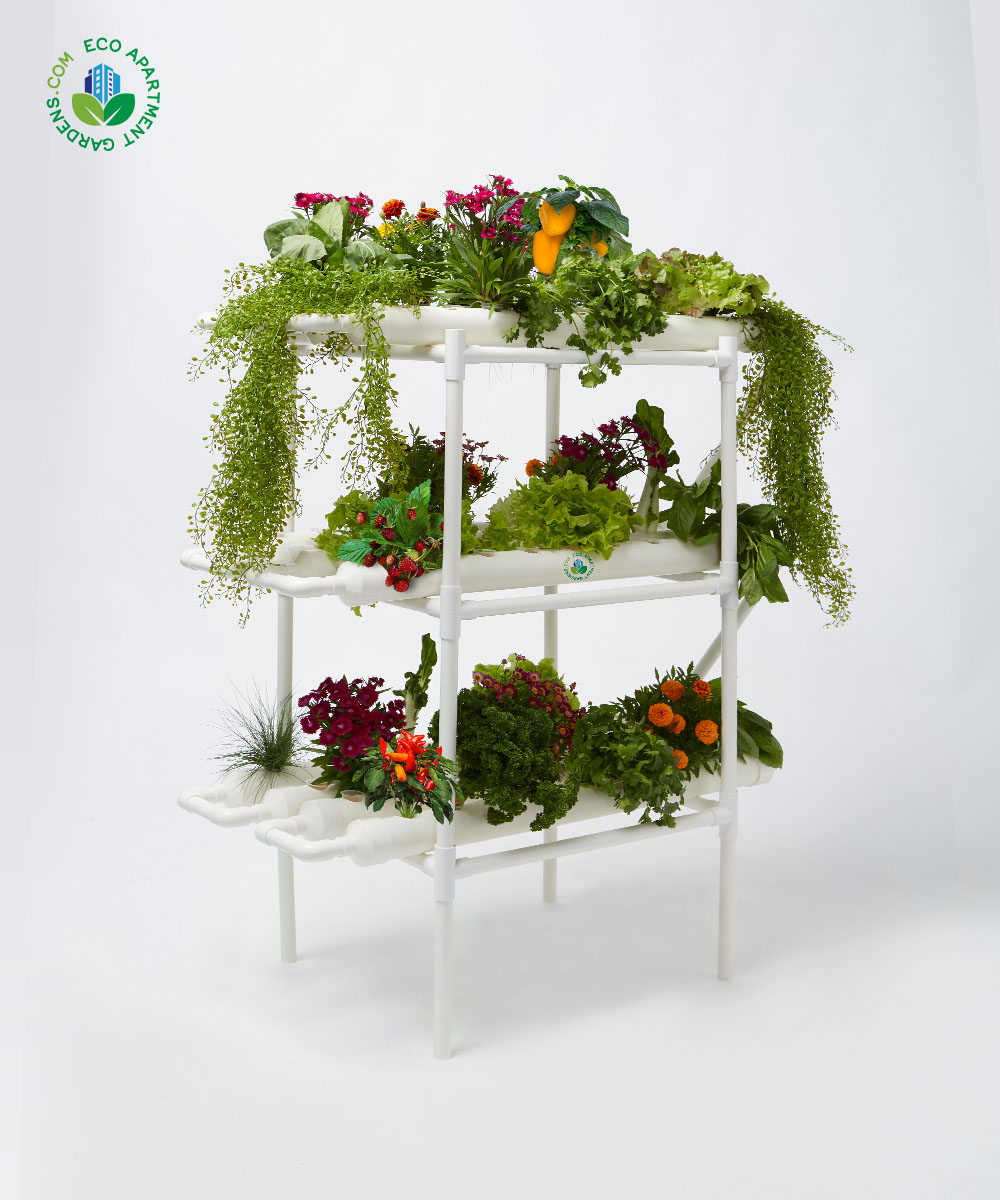

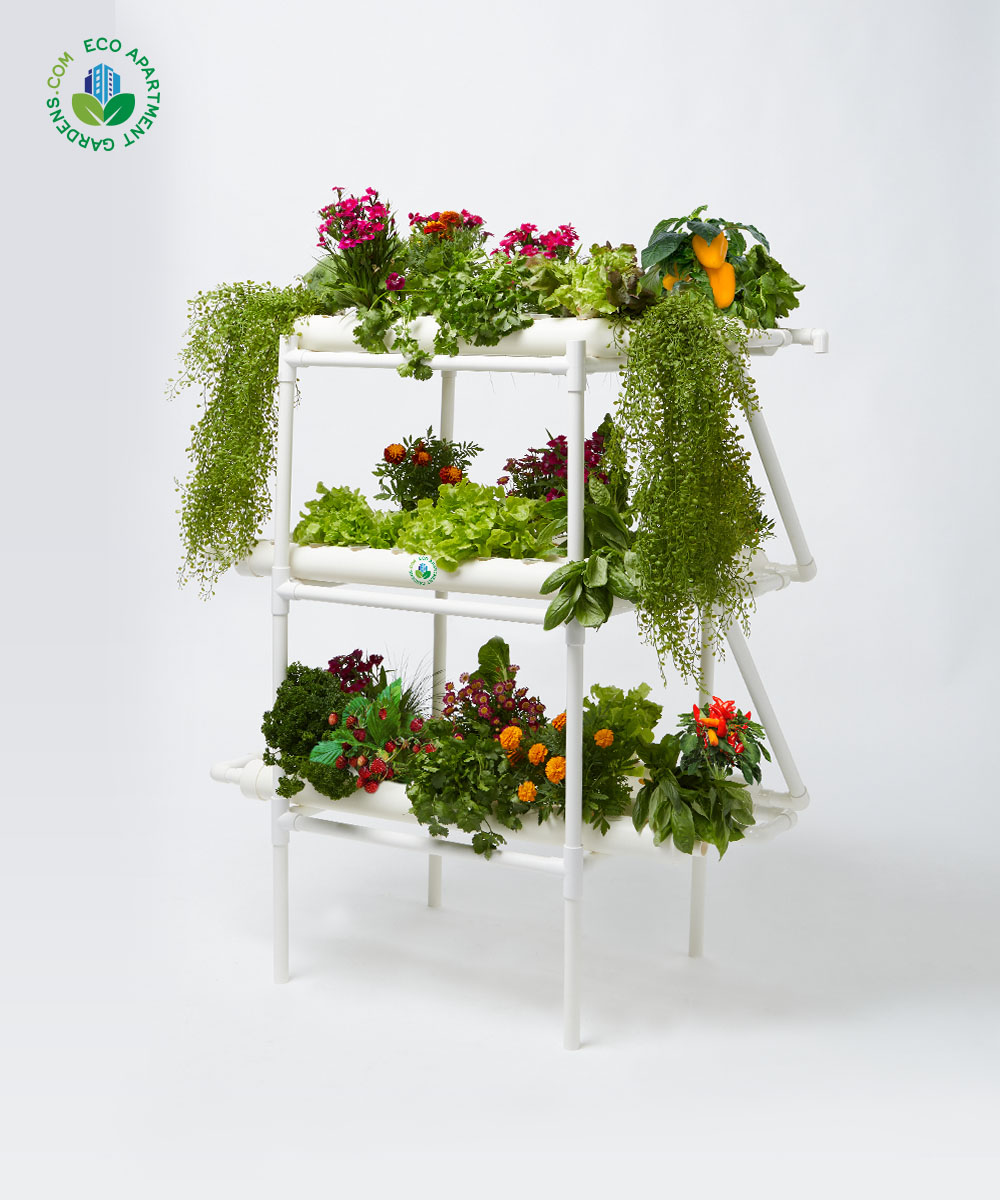

Food-grade PVC-U GROW CHAMBERS
Our grow packages produce high-quality plants that are more nutritious and better-tasting than soil-gardened produce because oxygenated water and nutrients are delivered directly to the roots.
Perfect Connection Design
Our 36, 72 or 108 self watering plant sites are the ideal water culture garden system, they are designed for fast, maximum-convenience gardening.
RE-GROW FOOD SCRAPS
Instead of throwing out your food scraps, veggie off cuts, or left over herbs you can simply regrow more. Pop them in your Eco Apartment Grow kit and watch them regrow. For instance Terry has personally grown 30 basil plants from one supermarket basil plant… Home made basil pesto for everyone!
Less Pesticide Use and Runoff Pollution
Agriculture is the leading cause of water quality problems in the U.S., and pesticides, including endocrine-disrupting atrazine, currently contaminate our watersheds and drinking water. Many hydroponic farmers use zero herbicides or pesticides, and any system with the potential to curb pesticide use is important. Because plants experience less stress and are fed optimally, they’re healthy enough to resist any pests able to enter the greenhouse. Alternatively, organic methods can control pest infestations. Weeds are not an issue with hydroponics, since they need soil to grow.
The science of soilless gardening
When most people think of gardening, soil comes to mind. But plants don’t actually require it to survive. They mostly need the nutrients and minerals in the soil. Plants can grow in water, gravel, perlite, rice hulls, pine bark, cedar shavings, and other mediums, or even suspended in air.
The science of soilless gardening is called hydroponics. It may sound like something devised in a modern laboratory, but it’s been around for thousands of years. The essential ingredient is an oxygenated mineral-nutrient solution that’s circulated through plants’ roots.
Some scholars theorize the ancient Hanging Gardens of Babylon, one of the Seven Wonders of the World, was a hydroponic system. The Aztecs grew maize, squash, beans, amaranth, tomatoes, chilli peppers, and flowers in high-output chinampas, or floating gardens, which were hydroponic systems. A traditional hydroponics system is still in use on Myanmar’s Inle Lake, and similar systems probably existed in ancient India, Greece, China, and Egypt.
In the early 1600s, the British scientist Sir Francis Bacon, father of the scientific method, conducted formal research on hydroponics, which he called “water culture.” Laboratory experiments continued into the 20th century. In 1937, William F. Gericke applied the experiments to large-scale commercial applications, and the modern hydroponics movement was born.
Today many people identify hydroponics with marijuana growers, who’ve made use of the technology. But much of the world’s greenhouse produce is now grown in hydroponics systems, including some of the lettuce, tomatoes, herbs, and veggies in many supermarkets’ refrigerated cases.
Growing food without dirt, earthworms, and, sometimes, sunshine may go against common ideas of where healthy food comes from. But hydroponics has taken off for good reason. It offers a number of benefits over traditional soil methods and it may even help solve some of the world’s growing problems.
WHAT YOU CAN GROW



